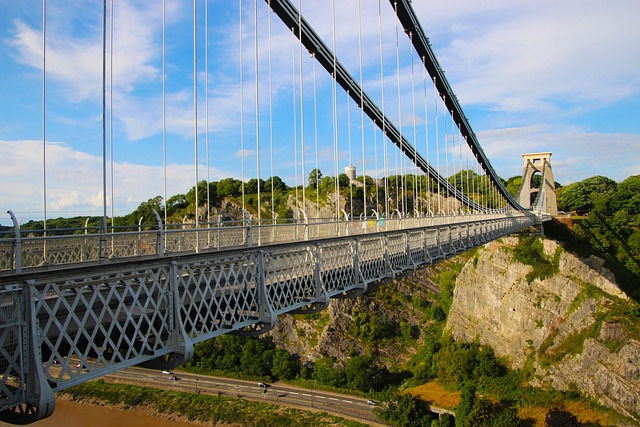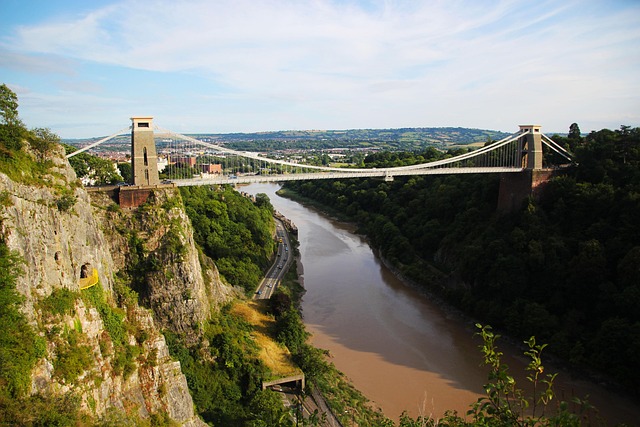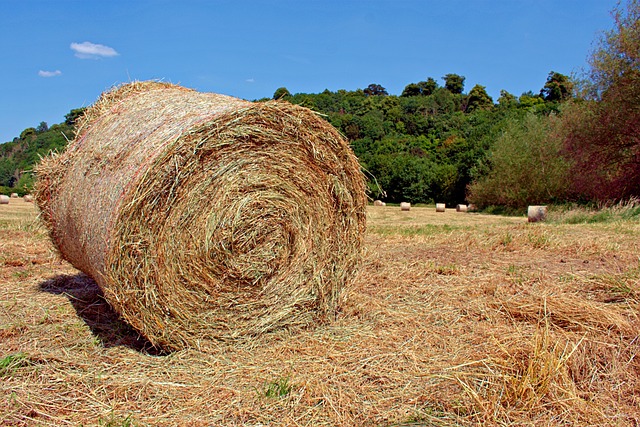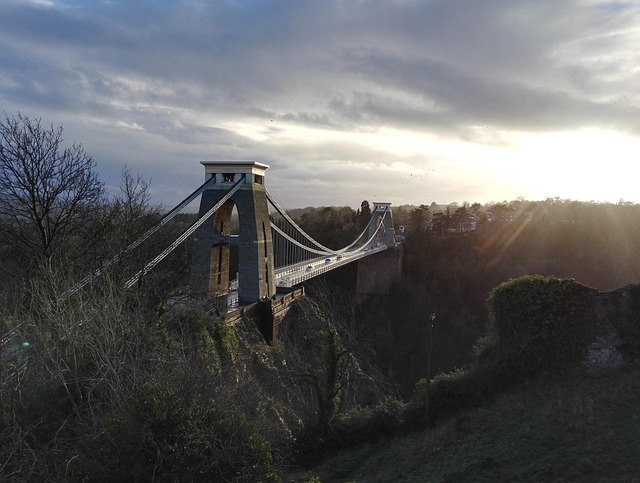Steep hillsides, often seen as challenges, actually boost real estate values by offering unique aesthetics appealing to buyers seeking historic homes with character and allure. Historical neighborhoods, characterized by dramatic slopes and close-knit communities, gain popularity for their blend of old-world charm and modern amenities. While presenting construction difficulties, these hillsides enhance scenic views, seclusion, and ecosystem diversity, increasing property desirability and potential value.
Steep hillsides, often seen as challenging terrain, actually add distinct aesthetic appeal to historic neighborhoods, enhancing their allure in the real estate market. These dramatic landscapes contribute to a sense of place and character that sets these areas apart. The article explores how historical neighborhoods blend the past and present, while examining the unique challenges and benefits steep slopes bring to property values. Discover why these features are not just geographical obstacles but valuable assets in today’s real estate landscape.
The Aesthetic Appeal of Steep Hillsides in Real Estate

Steep hillsides, often considered challenging terrain, actually offer a unique and captivating aesthetic that enhances real estate values in surrounding neighborhoods. The dramatic slope creates a visually stunning backdrop for historic homes, adding a sense of allure and character to the area. This natural feature can be a selling point for potential buyers seeking a distinctive and picturesque setting. Real estate agents often highlight these slopes as an opportunity for breathtaking views, emphasizing the potential for beautiful sunrises and sunsets that can be enjoyed from various points in the neighborhood.
In real estate marketing, the description of such landscapes might include words like “picturesque,” “scenic,” or “breathtaking vista,” drawing interest from those who appreciate natural beauty alongside historical charm. The combination of historic architecture and steep hillsides often evokes a sense of nostalgia and quaintness, appealing to buyers looking for a unique, small-town feel within an urban setting. This blend of natural and man-made elements creates a diverse and captivating landscape that contributes to the overall appeal and desirability of the neighborhood.
Historical Neighborhoods: A Blend of Past and Present
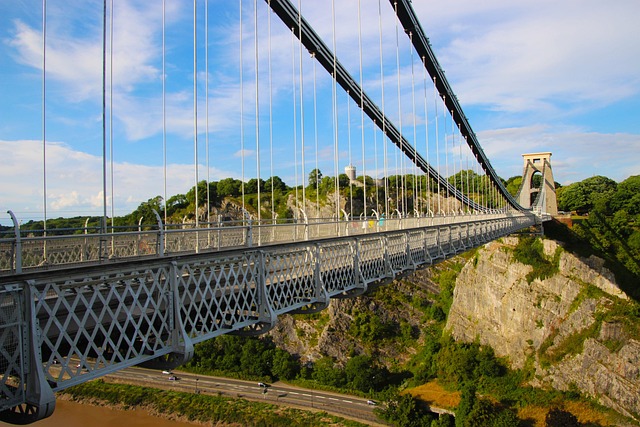
Historical neighborhoods offer a unique blend of old-world charm and modern amenities, making them highly desirable in today’s real estate market. These areas are often defined by their steep hillsides, which not only provide breathtaking views but also create a sense of community among residents. The close-knit nature of these neighborhoods fosters a strong local identity and encourages a vibrant social scene.
Real estate experts recognize the intrinsic value of historical neighborhoods due to their rich cultural heritage and well-preserved architecture. These areas attract buyers seeking not just a place to live, but also an experience that connects them to the past. With careful restoration and modern updates, historic homes and buildings become a testament to the area’s legacy while catering to contemporary lifestyles.
Navigating the Challenges and Benefits for Property Values

Navigating the challenges presented by steep hillsides offers both unique difficulties and unexpected benefits for real estate in historic neighborhoods. On one hand, these topographical features can pose hurdles to construction and infrastructure development, potentially impacting property values due to limited access or increased building costs. Steeper slopes may also reduce the viability of certain types of properties, especially those requiring substantial parking or road access.
However, steep hillsides can dramatically enhance scenic views, providing residents with picturesque backdrops that elevate the overall desirability of historic homes. They can also contribute to a sense of seclusion and privacy, attractive features in real estate. Additionally, these landscapes often support diverse ecosystems, adding natural beauty and ecological value to the neighborhood, which can further bolster property values for those who appreciate such amenities.
